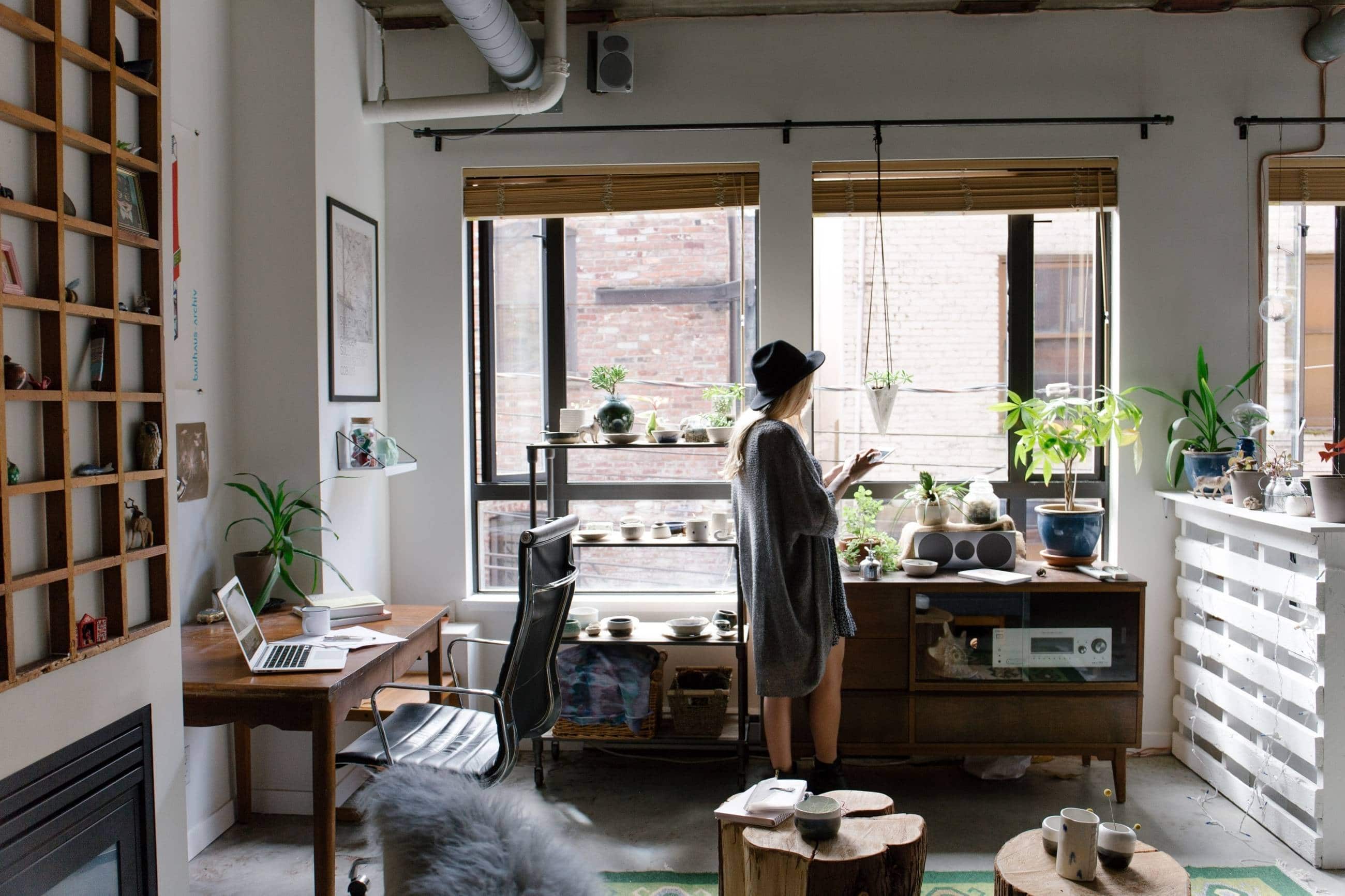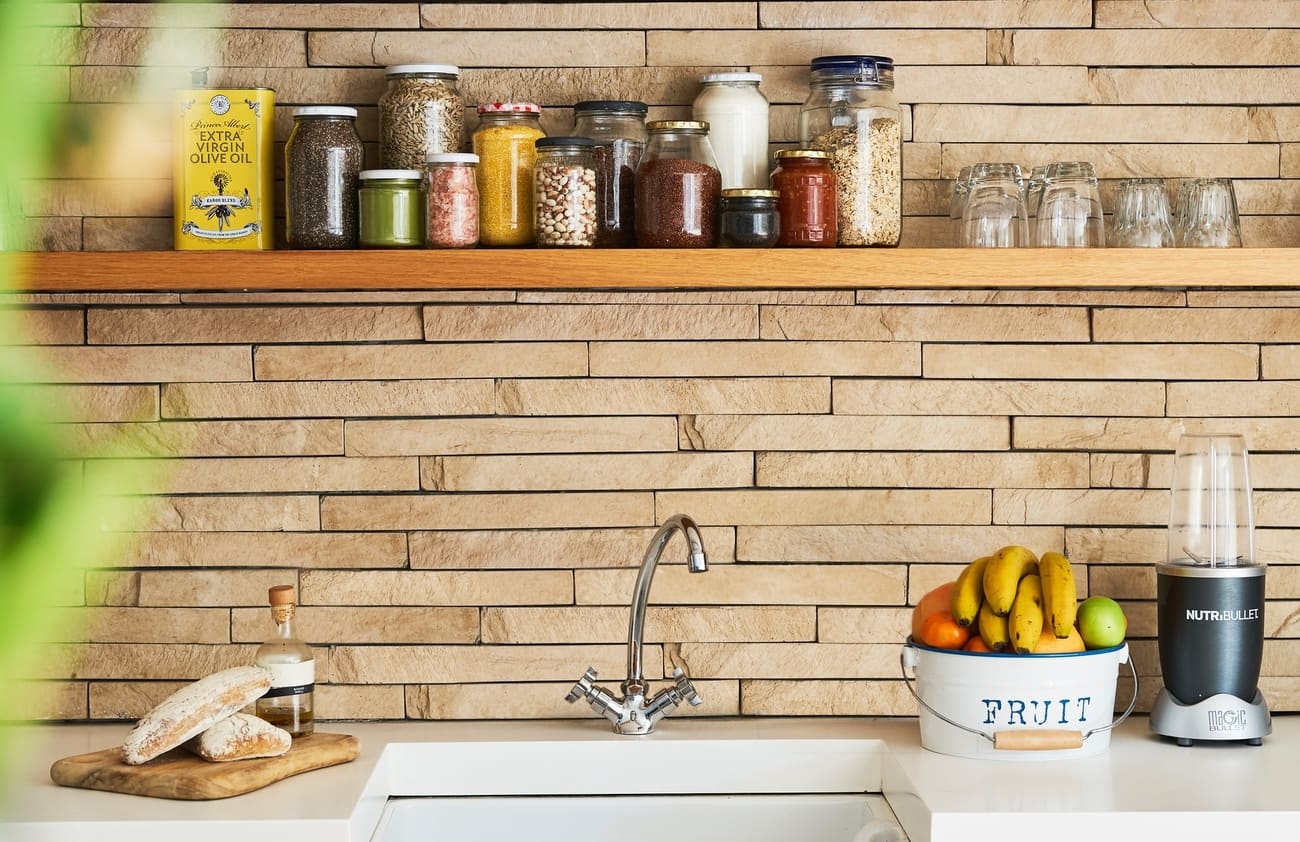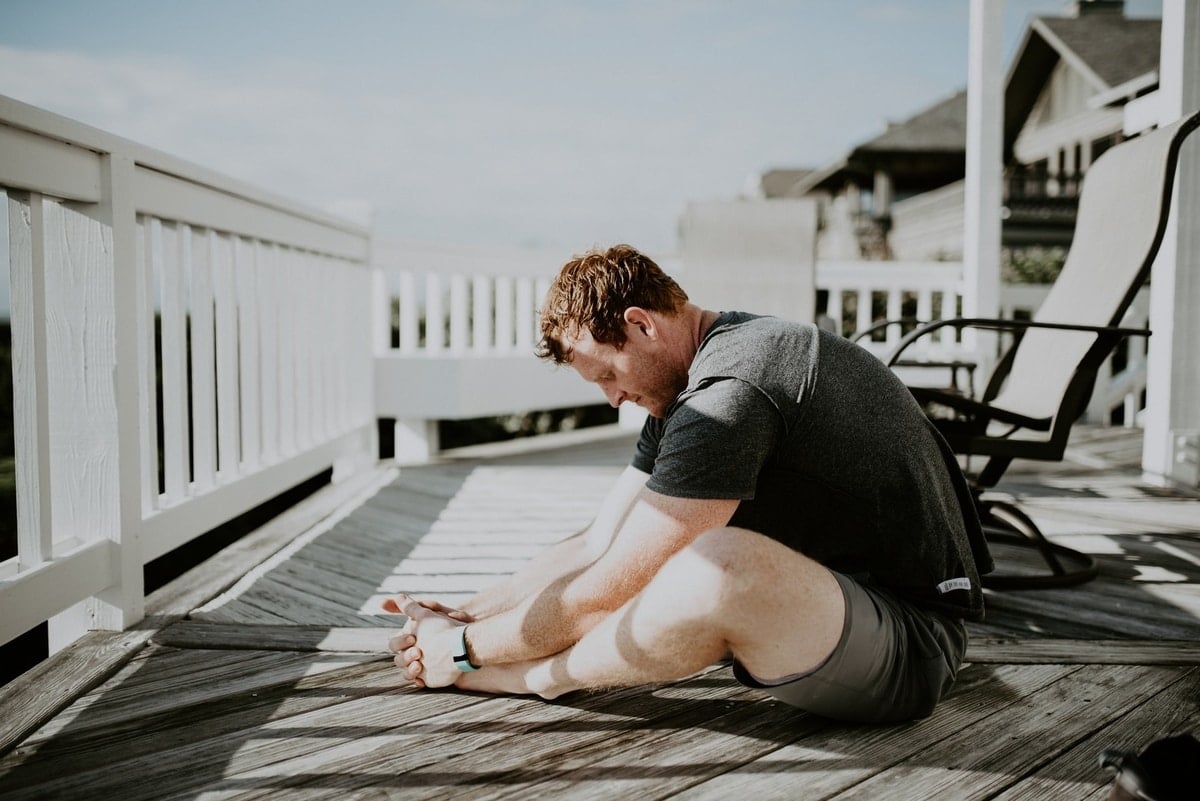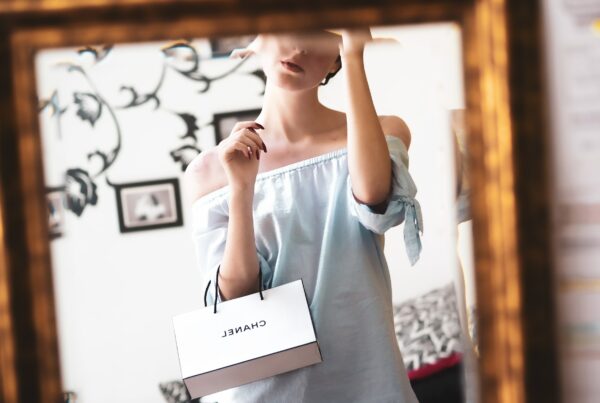
HOW LOCKDOWN IS CHANGING THE FACE OF INFLUENCER MARKETING
Influencer marketing, like every other industry, got the shock of a lifetime this year when the coronavirus pandemic hit, and lockdowns and chaos ensued. Across the globe, nine months on, businesses and creators continue to feel these shocks, but they’re beginning to adapt to the new world in striking and innovative ways. Necessity is the mother of invention, after all, and influencers in lockdown have been getting very inventive indeed.
Early Influencer Changes
Influencers and influencer marketing agencies both saw brands pull campaigns, postpone collaborations or cancel planned events, while engagement on social media across the board soared due to the number of people suddenly stuck inside.
As time went on, the need for personable and uplifting content that could be produced under lockdown conditions meant that many influencers found themselves in promising positions, if they could evolve fast enough to meet the challenge. Influencers usually don’t need teams, production equipment or an available venue to create their content, making them unusually agile when it comes to creating marketing assets, and that has stood them in good stead during the uncertain times and rapidly-shifting regulations imposed by the pandemic.
You may actually have noticed the changes in social media content creation since lockdown hit – the shift in the way we live our lives offline in the age of COVID-19 brought with it a shift in the way we live online, too.
Influencers who don’t have events to go to, or who can’t even leave their homes, are making different content, and the demands of their audiences are changing. Everyone’s social media habits are different now.
Let’s take a look at some of the ways these changing social media habits are affecting influencers, and in turn, influencer marketing.

Four Ways Lockdown Has Changed Influencer Marketing
‘Aspirational Content’ Has Taken on a New Meaning
Aspirational content has always done incredibly well on social media, and it is still a dominant part of the social media content landscape – that hasn’t changed. What is different is what counts as “aspirational”: before COVID, aspirational content from influencers meant beautiful travel destinations, glamorous and exclusive events, or access to festivals and performances, but thanks to pandemic containment measures, it’s now impossible to create new content along these lines most of the time. Changing consumer attitudes to pandemic safety and virus containment may actually make travel and crowded festivals into undesirable prospects, and the previous definition of “aspirational” content has largely been relegated to throwback posts and wistful nostalgia, at least until the festivals come back.
Confinement has instead broadened people’s horizons with regard to what they aspire to. With the first lockdown, beautiful spaces in one’s own home became extremely desirable, while interior decoration, landscaping for those with gardens and indoor plants for those without, saw surges in demand almost overnight. Similarly, self-care items like skincare products and mental health and wellness routines have made their way into people’s goals, as we all adjust to life on the inside.
Light-Hearted Content Has Gone From ‘Nice’ to ‘Necessary’
It makes perfect sense when you think about it – people under lockdown, in the midst of a colossal societal upheaval, will respond best to content that makes them feel better. In lockdown, many people were looking for content that would make them laugh, distract them, and relieve some stress, and those were perfect conditions for TikTok to flourish. We recently published an article on this new and vibrant social media platform, and in it, we mention TikTok’s constant stream of addictive, hilarious and cringey videos – a constant supply of entertainment that is key to the platform’s meteoric rise.
That proved to be exactly what people under lockdown were looking for, and it was downloaded in record numbers during quarantines.
The often humorous and always engaging content created by TikTok influencers has resulted in a high-engagement platform with a considerable market share of 18-24 year olds, and it’s only growing. The success of light-hearted content there has begun to bleed into other social media channels, and even conventional advertising, where humour and cheer are more prevalent than ever. In such stressful times, influencers are leading the way and showing the rest of the advertising world that it pays to be able to make people smile.
Audiences Applaude Honesty and Authenticity
While some areas of influencer marketing have been trending towards more “authentic” and less curated content for some time, the shakeup caused by the coronavirus and lockdowns has resulted in more “real” content coming to the fore.
With lockdown, audiences began to show a preference for relatable content that engages their senses of empathy and personality – something that bears out when we consider the success of TikTok and the huge jump in subscribers YouTube reported across multiple channels. Video content allows influencers to convey much more of their personalities, quirks and mannerisms than a photograph can, and as a result, video platforms are becoming much more important to influencer marketing campaigns.
The Economy’s Come Home With Us
A major shift seen since lockdowns started was the global move to life at home. Almost overnight, delivery services of all kinds became vitally important, and the accoutrements of working from home became necessities in every house. Many industries switched effectively to telework, and even as lockdown measures ease, they’re not returning to the old ways. It’s simply safer and more cost-effective to continue with work from home schemes for many industries.
Similarly, hobbies that could entertain people without requiring them to leave the house exploded in popularity, and even as we’re able to venture outside again, many are choosing not to just yet.
It’s unlikely that the adaptations people made to survive lockdown will go away, even when the lockdown itself does – content that is designed around helping people to work from home will be evergreen, as will content designed around studying or exercising more effectively from home, or helping people to learn new skills from their living rooms.
Even cooking, DIY, childcare and home education, and creating beautiful interior spaces will continue to be popular – and relevant to the influencer marketing industry – well after COVID itself disappears.

How COVID-19 Will Change The Future Of Influencer Marketing
One of the most dramatic changes we’ve witnessed as a globe has been in the habits of online shopping, where revenue has increased by 129%, hugely outstripping previous analyst estimates of a 2% annual rise. We would be wise not to dismiss this as a short-term change. COVID-19 may eventually die out, but our new shopping habits are undoubtedly here to stay. Thankfully, online stores are now better equipped to cater to this demand, making online shopping safer than in-store and more convenient than ever.
So, what effects can we expect all this have on the influencer industry?
Influencer Analytics – Influencers Will Be Measured By More Than Their Post Likes
We already know that advertising through economic downturn and recession sets up companies for faster and better growth when the economy picks up again; the key is spending limited budgets effectively, as by necessity, most brands will have smaller turnover during the recession. Marketing channels which can prove a solid ROI will be prioritised, while those which provide softer benefits are likely to come under fire. Return on investment therefore becomes a critical metric, particularly in the field of influencer marketing where trust and relationship with consumers have previously been the supreme goal.
As ROAS becomes more critical to brands and more integrated in campaigns, influencers will need to adapt to keep the trust of their followers while demonstrating and improving the return that sponsors see, perhaps through influencer marketing agencies leveraging their analytic abilities to track historical sales performance and the sales impact of their campaigns, or influencers better optimising featured content to their audiences.
Brands That Humanise Themselves Will Benefit
With in-person socialising limited, we are turning more and more to social media to connect with our friends and family. This creates a huge opportunity for advertising, but also risks overwhelming consumers with ads as they spend a greater proportion of their day online. Influencers are a crucial way to humanise a brand by demonstrating the use of their product in the real world, by a real person, and they are often not perceived as advertisers by their followers, who usually make the decision to follow them based on a perceived connection to the influencers’ personal lives. The brands an influencer chooses to align with reflect not only on the brand, but on the influencer as well and will form part of their identity, leading to a perceived connection to the brand by the consumer.
It works in much the same way a recommendation by a trusted friend does, and treating influencer marketing that way seems to be one key to success in the post-COVID world.
Influencers Will Become More Audience-Centric
The most successful influencers often operate across multiple platforms and adapt their content according to the demands of each site; while short videos are the staple of TikTok, an influencer may enjoy more engagement on Instagram with a well-chosen photo or set of photos. The audiences on different platforms are also looking for different things, like the light-hearted and often humorous content that’s helped TikTok rise to prominence so quickly, mentioned above, or the aesthetic appeal that defines a great Instagram profile.
It is crucial that brands work with influencers who are not only popular on the right platforms but with the right audiences for the product, and create a style of content that fits with the image of the brand, or sponsored posts will risk seeming incongruous and suffer reduced performance.
Adapt to Survive – The Successful Influencer Post-COVID Will Be Adaptable
COVID-19 has created a rapidly-shifting landscape in almost every area of our lives, and marketing is no exception. Not every influencer will be able to adapt to the demands of their new reality in time to change their content and survive – heavily travel-based accounts, for example, will need to find a new niche or risk starving their audiences of content in the short term, as they may be completely unable to travel for a long period of time and may have trouble finding resorts and tourism companies willing to fund them.
On the other hand, adapting to the new rules, while necessary, also has to be carefully tailored to ensure that the influencers don’t lose large numbers of followers who are uninterested in the new content being produced. Luckily, many influencers will find their followers will also be living different lives than before, and so a dramatic change in content may not put off as many people as it would have pre-pandemic. In fact, as we mentioned earlier in the article, a shift to more low-key, personable and relatable content may bring in much greater engagement from audiences crying out for just such content.
There is also an in-built advantage to the influencer market in that it is much more flexible and adaptable than larger brands and advertisers. The majority of influencer content is created by one person on their own home equipment, whether that’s a mobile phone, laptop or dedicated camera. As the pandemic evolved, influencers were able to continue to create branded content and quickly adapt to new trends, all at a lower cost than traditional high-production advertising, leaving them in a uniquely promising position as the sun rises on the new world.
Looking To Future-Proof Your Influencer Marketing?
We have the knowledge and experience to run your campaigns from start to finish, and we’ve been providing industry-leading influencer marketing throughout the coronavirus pandemic.
Ready to kick off your next project? Let’s move things forward.

